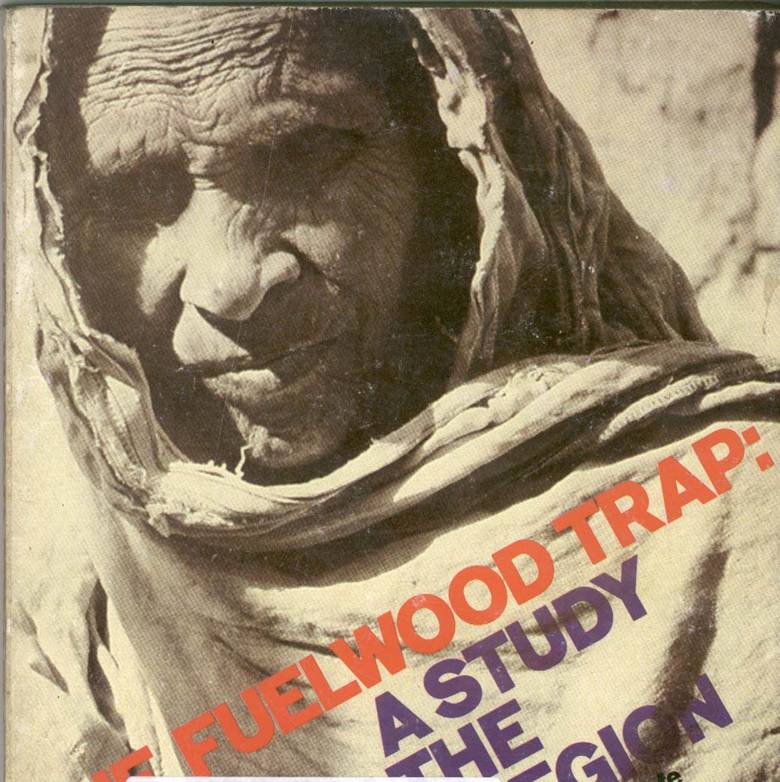|
Book
Review |
The book is based on a study commissioned by the SADCC Energy Sector to develop a fuelwood policy for the Southern African countries.
For
the 60 million people of the SADCC region, fuelwood
 accounts for four-fifth of
the total energy consumption. With the deterioration in the supply of woody
biomass, national - level energy balances of supply and demand were
constructed. The response strategy was designed to increase the supply,
curtail the demand and provide fuel-switching options. The study concludes
that these have been inadequate in tackling the fuelwood problem. The reason
being that the government as well as the donor agencies tend to fall into the
‘fuelwood trap’ where they assume that they have identified the problem and
consequently there has to be a simple solution.
accounts for four-fifth of
the total energy consumption. With the deterioration in the supply of woody
biomass, national - level energy balances of supply and demand were
constructed. The response strategy was designed to increase the supply,
curtail the demand and provide fuel-switching options. The study concludes
that these have been inadequate in tackling the fuelwood problem. The reason
being that the government as well as the donor agencies tend to fall into the
‘fuelwood trap’ where they assume that they have identified the problem and
consequently there has to be a simple solution.
In the region it is not fuelwood collection which has led to deforestation but clearing of land for agricultural purposes. Also, for the majority in rural areas, the main supply of woody biomass is the farm and the area around it. The conventional approach of growing plantations to increase the supply do not take into account such site-specific conditions and the people actually affected by the crises. Moreover, fuelwood is perceived as a free resource in rural areas - a bye-product of trees which provide fibre, fruits, timber and other materials. This makes fuelwood production unattractive to the local people. Restricting fuelwood demand also has limitations. The use of cookstoves and charcoal making technologies are at an experimental stage in the region and therefore unlikely to have significant impact on tree conservation in rural areas.
The study makes a significant departure from currently held opinion when it suggest that a new way of looking at the fuelwood problems in rural areas needs to be adopted, focusing on woody-biomass management within the agricultural production systems as a whole.
The SADCC experience shows that the best results emerge where management and control of land, labour and technology rests with the people. The authors refer to several surveys carried out in the region where a greater share of the plantations was done by people’s own initiatives, a fact which confirms that there is a hitherto untapped potential of woody-biomass management existing within the rural community.
Different approaches to woody-biomass management and an exhaustive outline of the method should be useful for extension officers of the forestry department in influencing the behaviour of the people towards tree management. Different options regarding new species, tree configurations, uses of trees and management techniques are provided in the appendices.
The book also deals with energy issues in urban areas. Here, the authors discuss policy interventions designed to lower energy costs, increase energy supply and reduce the impact of the urban fuelwood demand on rural resources and people. The interventions which have been analysed in detail are fuel switching, supply enhancement, conservation and improvements in transport and marketing.
For any approach towards eco-development and biodiversity conservation, this book offers base information for further case specific research.
Book
Reviewed by
Sandeep Ghosh
| Donation | Home | Contact Us | About Us |